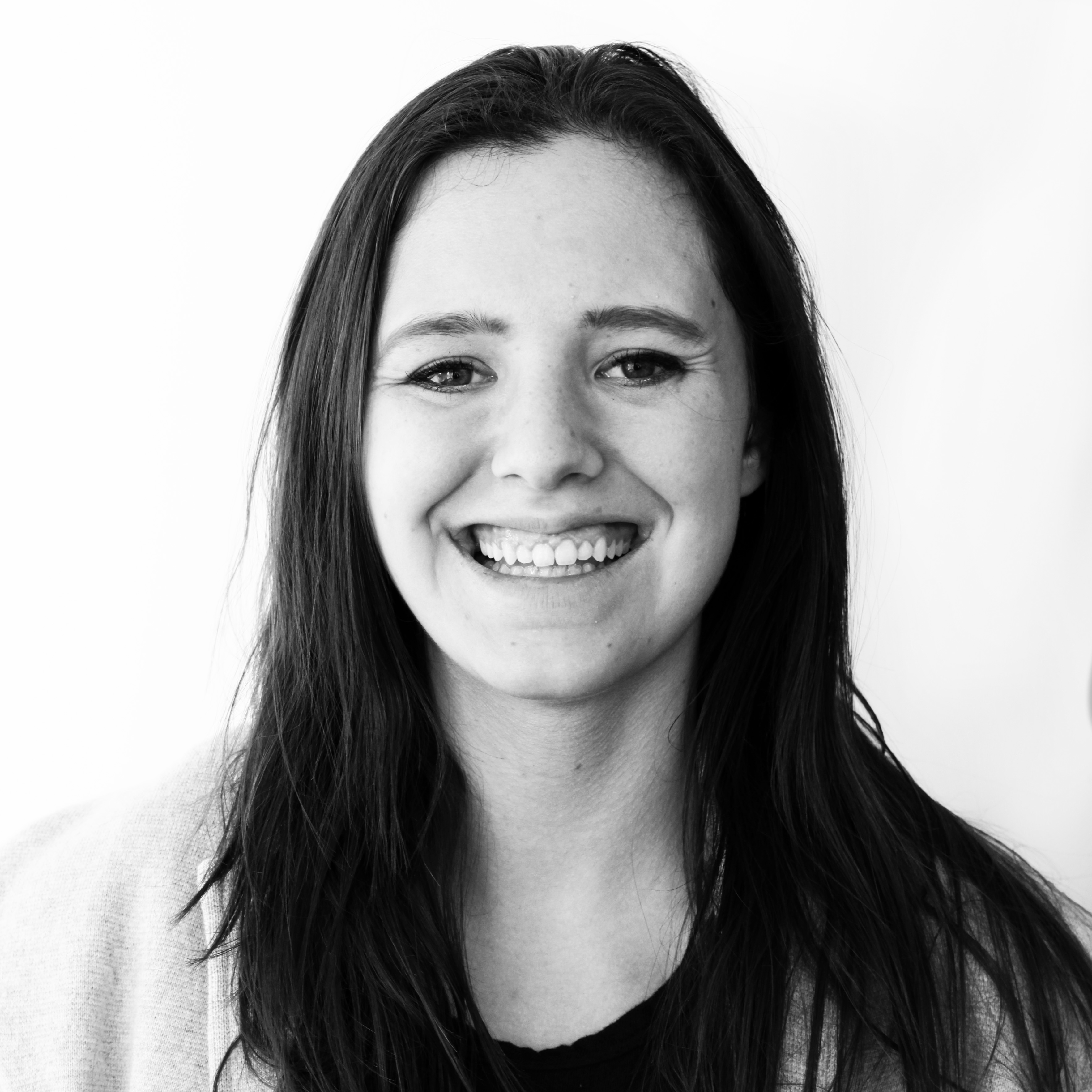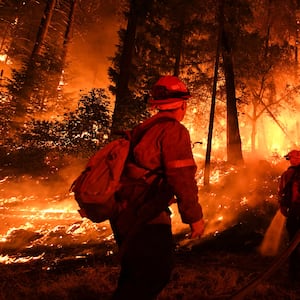Nearly a month and a half after California’s wildfire season typically winds down, the state is dealing with multiple, deadly wildfires. Twin blazes rage in the southern part of the state, and northern California’s Camp fire has killed 29 people and destroyed nearly 7,000 buildings.
Although President Trump has blamed “poor” forest management, the science says a phenomenon that one meteorologist dubbed “negative rain” played a part in sparking the wildfires. That “negative rain,” along with dry, windy conditions, has made Northern California ripe for devastating blazes. And as global warming escalates, it’s only going to get worse.
“Negative rain” isn’t a technical meteorological term when it comes to droughts. But it is just a clever way to a describe a region getting less precipitation than expected.
“Every year we have a certain amount of rain that we expect as a result of historical patterns,” Andy Wood, a climate scientist at the National Center for Atmospheric Research, told The Daily Beast. “Negative precipitation [comes] when you have a departure from that.”
That’s exactly what happened in California this year, said Dan Mcevoy, a climate researcher at the Desert Research Institute.
“Normally, the water year starts on October 1,” Mcevoy told The Daily Beast. Usually, he explained, a few big storms will provide enough moisture to dampen possible fuels and effectively end the fire season.
But this year, he said, “we definitely haven’t seen that yet.”
As a result, there’s been serious ecological consequences, said Mike Hobbins, a research hydrologist at the National Oceanic and Atmospheric Association. When there’s not enough rain, the air gets “thirsty,” he said, because it can’t pull enough moisture from the ground.
That thirst, Hobbins said, causes a vicious cycle of dehydration. “Any rain that does fall next just evaporate[s] again,” he sad. “Instead of soaking in, and wetting those fuels down, and lowering the fire risk.”
Due to the lack of expected rainfall this year, Mcevoy noted, California’s fuels “are at near-record dry levels”—and just as dry as they were at the end of the summer.
But the dryness of California’s vegetation isn’t the only thing breaking records. Alongside his “negative rain” tweet, Elvington posted a map showing what’s called the Evaporative Demand Drought Index (EDDI).
The EDDI is a tool developed by researchers including Wood, Hobbins, and Mcevoy. It measures what’s called “evaporative demand,” or, as Wood explained it, “how much [water] the atmosphere is trying to suck out of the ground.”
The EDDI compares the evaporative demand of a given time range (in Elvington’s case, Oct. 3 to Nov. 3) with the demand in that time range during each year dating back to 1979. It relies on NASA and NOAA data for temperature, humidity, wind, and solar radiation. Many of those factors, Wood explained, are correlated with rainfall.
A bright red square on the EDDI—like what’s covering most of Northern California in Elvington’s Nov. 7 tweet—means that the evaporative demand was in the 95th percentile when compared to other years; the dots of dark red squares signify the 98th percentile. Elvington posted that tweet just a day before the Camp fire began.
The squares are only getting worse. On Nov. 10, Elvington tweeted another EDDI map that narrowed the scope to just the first week of November. In that version, nearly the entire upper half of California was dark red.
“Pick your timescale,” he said. “1-week, 3-week, 6-week, 3-month EDDI all at record levels. Unprecedented dryness from heat, winds, low humidity & lack of precipitation.”
Not all of these environmental changes are attributable to climate change, Mcevoy noted. The relationship between climate change and some of the variables that determine evaporative demand—like rainfall or humidity—remain murky, and the Camp fire’s destructive power has largely been attributed to the dry, northeasterly winds raging at up to 50 mph.
But by raising global temperatures, he said, climate change is absolutely making things worse. The Sierra Nevada—the region of California that’s battling the Camp fire—had its second-hottest summer on record in 2018.
“We’re having longer summers, warmer falls, and drier falls,” Mcevoy said. “When you throw warmer temperatures on top of that, it’s really just increasing the fire risk by extending the fire season well into autumn.”









